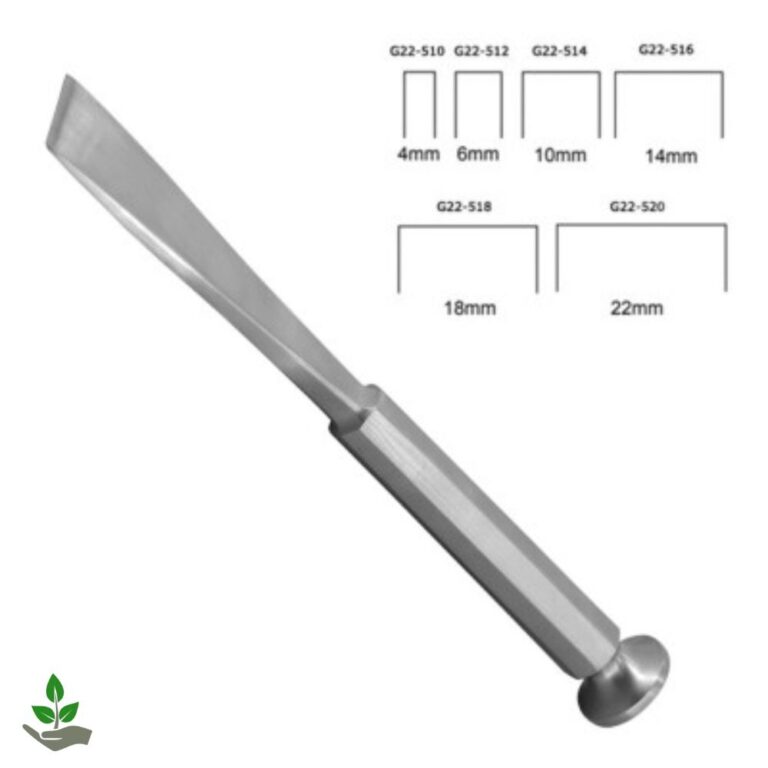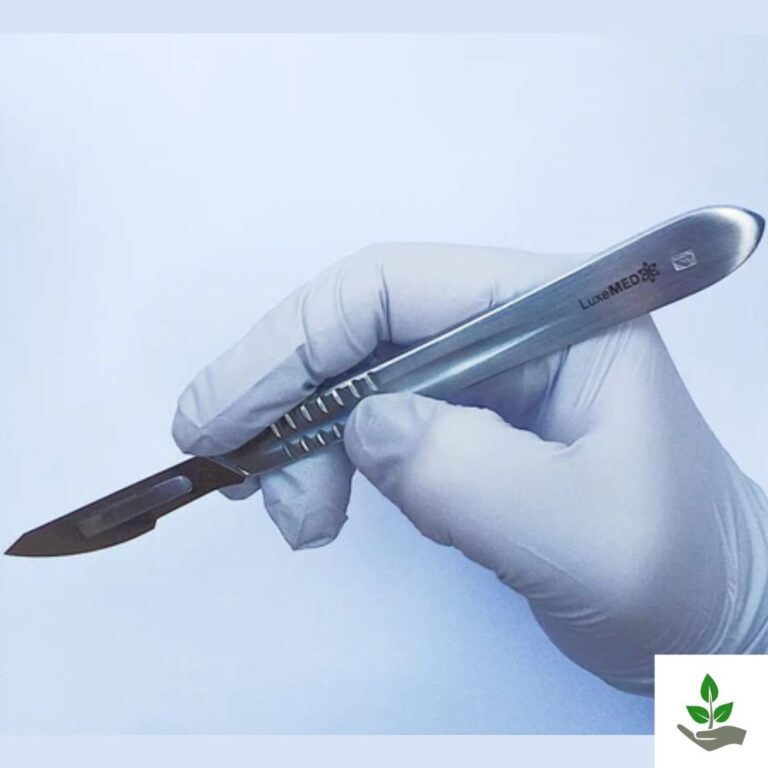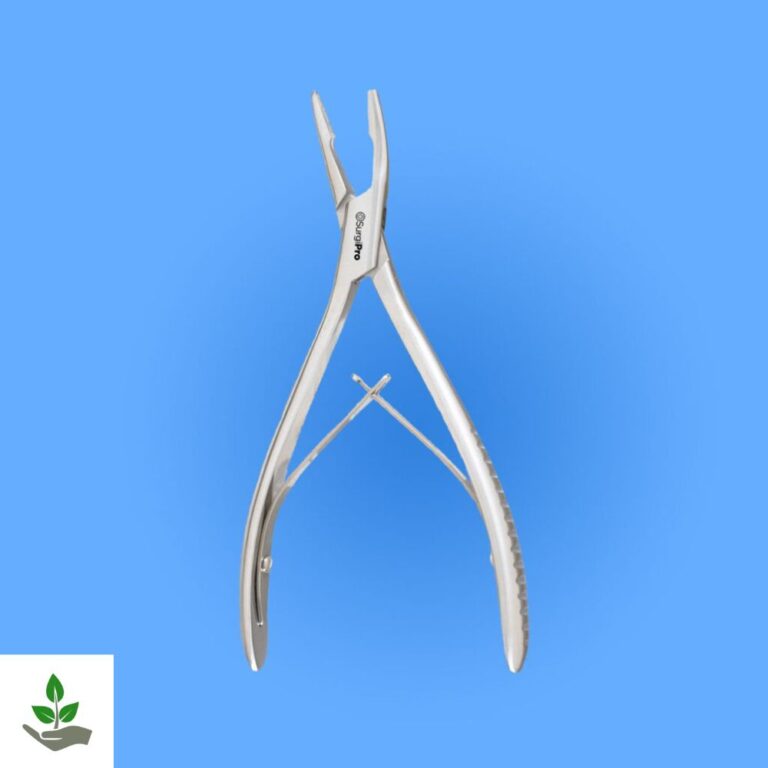Speculum An Essential Tool in Medical Diagnostics
Where medical examinations were conducted without one of the most crucial instruments in healthcare. The Speculum, often overlooked yet indispensable, plays a key role in allowing healthcare professionals to access and examine internal body cavities effectively.
An exciting journey through the various types of speculums, their diverse uses in gynecology, otolaryngology, and proctology, and the historical significance that underscores their importance today.
What is a Speculum?
A speculum is a fascinating hinged instrument that plays a pivotal role in the realm of medicine. Imagine a tool specifically designed to open and hold open a body cavity, allowing healthcare professionals to observe and access internal tissues with precision.
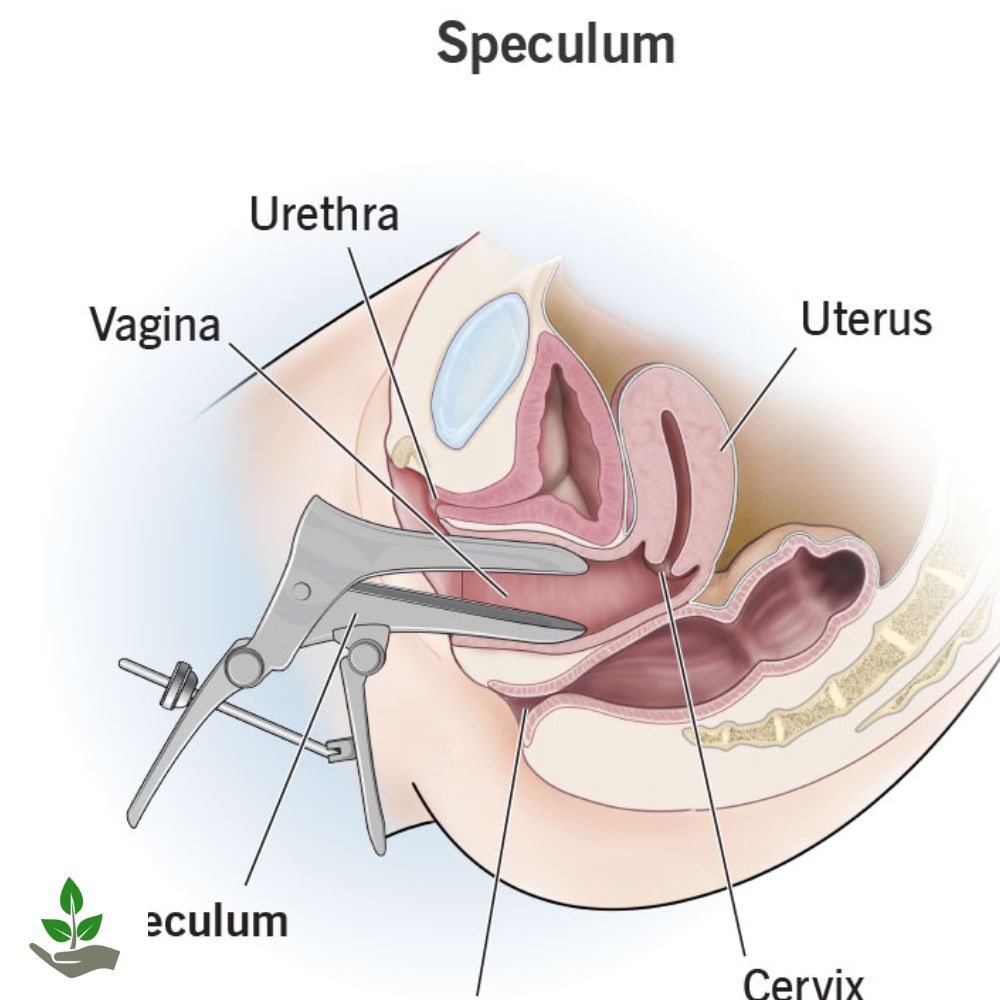
This ingenious creation is primarily used in gynecological examinations, where it facilitates visual assessments and minor procedures by gently spreading the walls of the vaginal canal. It’s like having a front-row seat to the intricate workings of the human body, enabling doctors to diagnose issues early and effectively.
History of the Speculum
The use of the speculum dates back to ancient civilizations, making it a fascinating artifact of medical history! The earliest versions were seen in ancient Greece and Rome, where bronze specula have been unearthed during archaeological digs, hinting at how early physicians sought to understand the female body. These ancient instruments highlight an enduring quest for knowledge, reflecting a time when gynecological exploration was shrouded in mystery and stigma.
Fast forward to the 19th century, when the modern design of the vaginal speculum was popularized by Dr. James Marion Sims, often called the “father of modern gynecology.” His innovations revolutionized women’s healthcare, yet they came at a profound ethical cost. It’s crucial to recognize that while Sims made significant contributions to medical practice, his methods included conducting experiments on enslaved women without anesthesia, raising important questions about consent and the moral implications of medical advancement.
Types of Speculum
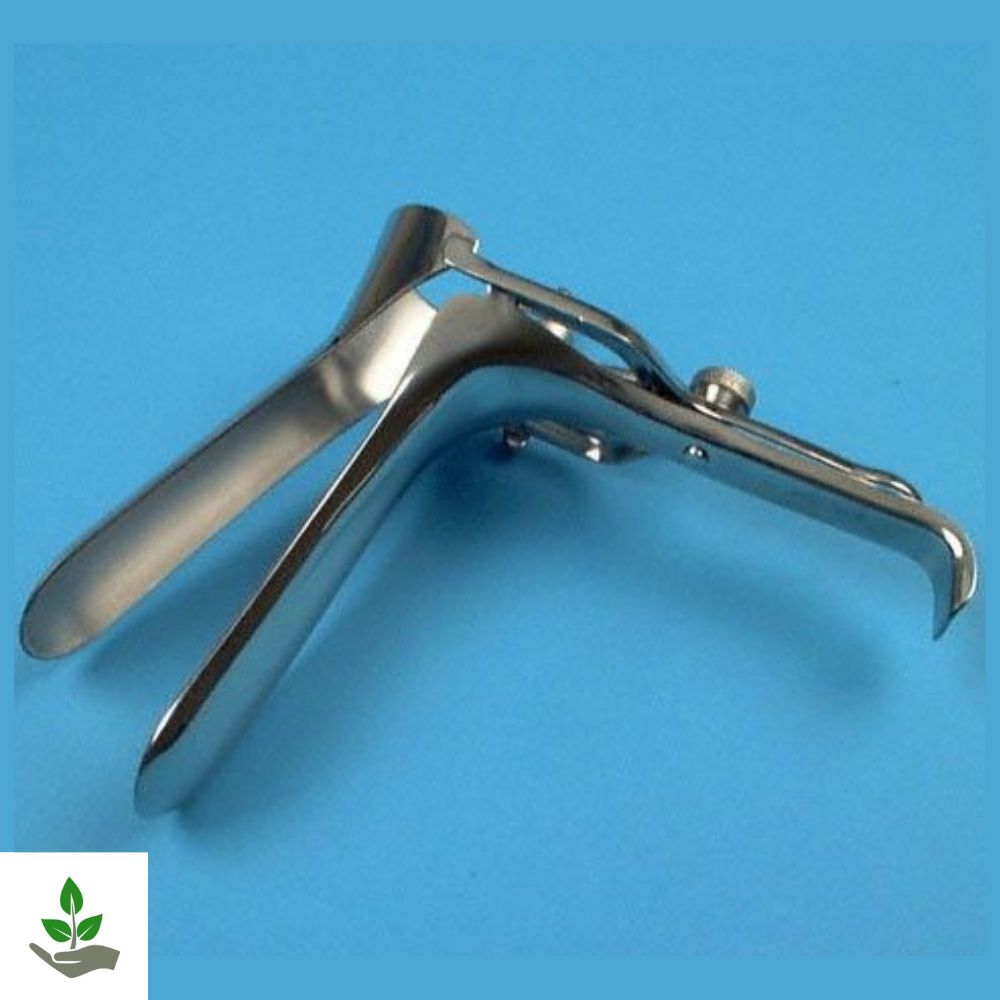
- Vaginal Speculum
- Nasal Speculum
- Rectal Speculum
- Ear Speculum
Materials Used in Specula
Stainless Steel
Stainless steel is a game-changer in the world of specula, combining durability with the promise of longevity. Its robust nature means that these instruments can withstand the rigors of frequent use without losing their effectiveness. Unlike their disposable counterparts, stainless steel specula are reusable and sterilizable, making them a sustainable choice for clinics and hospitals that prioritize both patient safety and environmental responsibility.
Plastic (Polycarbonate or Acrylic)
Plastic specula has revolutionized the way healthcare professionals approach examinations, particularly in outpatient or temporary settings. Their disposable nature is a game changer, significantly reducing the risk of cross-contamination between patients. This innovation not only enhances patient safety but also streamlines the workflow for medical practitioners, allowing them to focus more on care rather than sterilization processes.
The Procedure: How a Speculum is Used
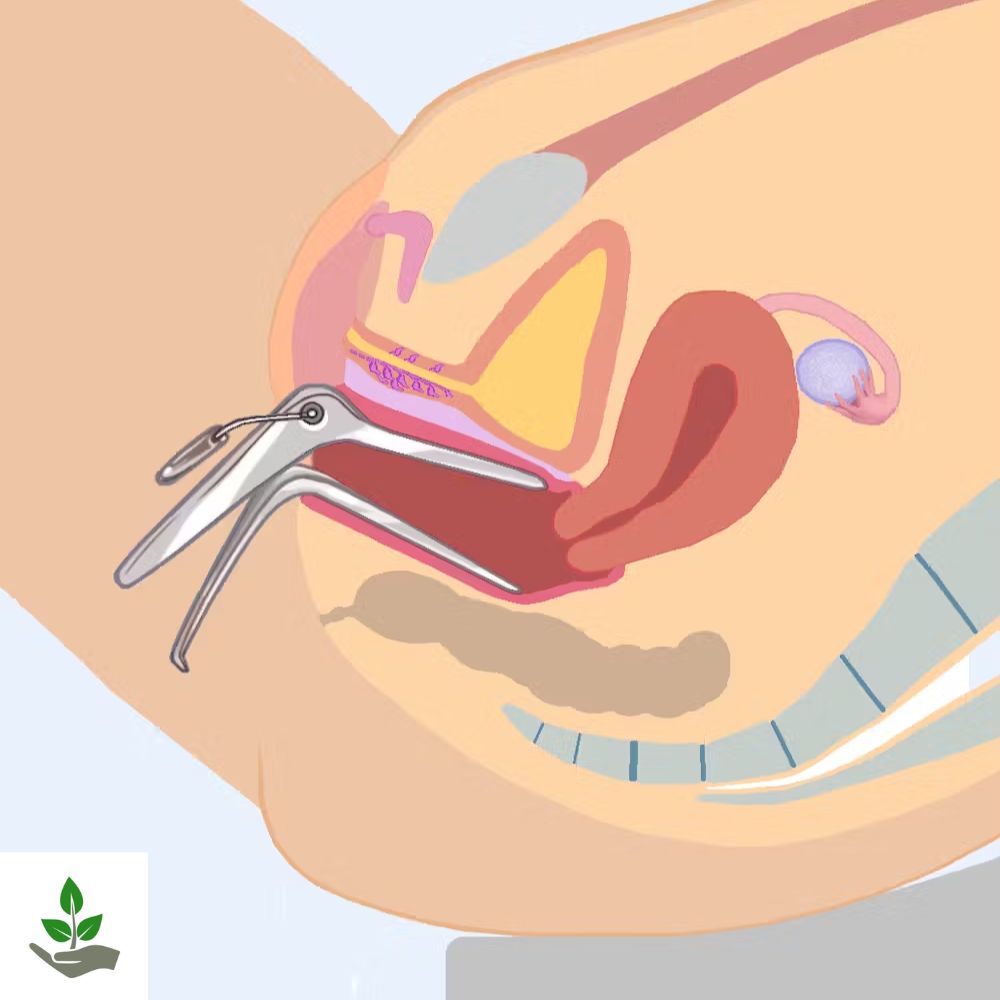
- Preparation: The patient is asked to lie on an examination table, usually with feet placed in stirrups.
- Lubrication: The speculum is often warmed and lubricated to ensure comfort.
- Insertion: The closed blades of the speculum are gently inserted into the vagina.
- Opening: Once in place, the blades are slowly opened to widen the vaginal walls.
- Examination: The cervix is now visible for inspection, swabbing, or treatment.
- Removal: The blades are gently closed, and the speculum is withdrawn carefully.
Benefits of Using a Speculum
Using a speculum during medical examinations can significantly enhance the quality of care patients receive. Improved visibility is one of the standout benefits, allowing healthcare providers to clearly view the internal structures of the body.
This clarity not only aids in accurate diagnosis but also helps practitioners identify potential issues that might otherwise go unnoticed. Imagine being able to spot early signs of infections or abnormalities with ease.
But the advantages of a speculum extend beyond mere observation. It also assists procedures by providing the necessary access for treatments that may require a closer look or specific interventions. Whether it’s a routine pelvic exam or a more complex gynecological procedure, the speculum plays a crucial role in ensuring patient safety.
Speculum Cleaning and Sterilization
Cleaning and sterilization of speculums is a crucial aspect of ensuring patient safety and maintaining the highest standards in medical practice. The process begins with washing the instruments using a medical-grade detergent, which effectively removes organic debris and contaminants. This initial step sets the stage for a thorough sterilization process, ensuring that no harmful residues are left behind.
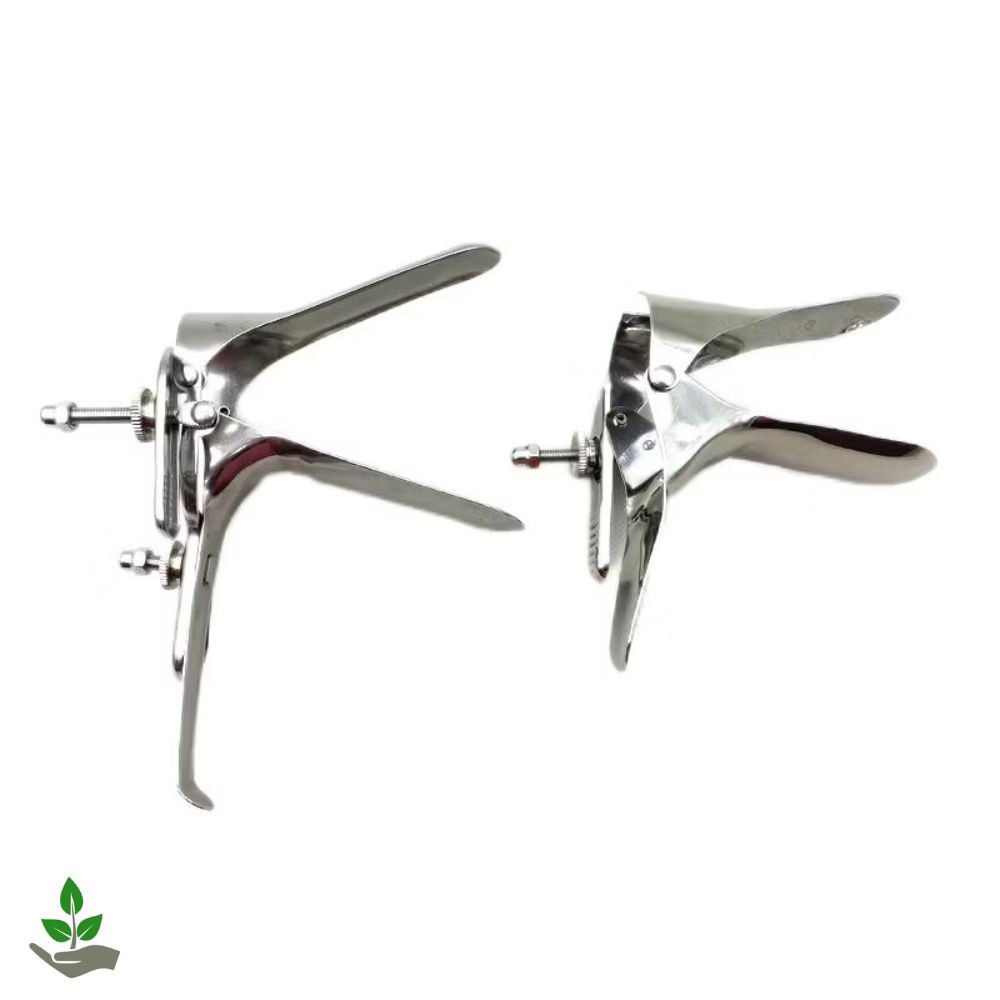
Next comes the powerhouse of sterilization: autoclaving at high temperatures. This method is not just effective; it’s essential. By reaching temperatures that exceed 121 degrees Celsius, autoclaving kills all bacteria and viruses, providing an unparalleled level of cleanliness. Imagine the peace of mind that comes from knowing every speculum has undergone this rigorous treatment.
Once sterilized, it’s critical to store these instruments in sterile packaging. This step not only protects them from recontamination but also ensures they remain ready for use whenever needed. With such meticulous attention to detail, healthcare providers can focus on what truly matters, delivering exceptional care to their patients.
I prefer you to Check our other post: Drippy Microwave Fried Eggs Recipe A Quick and Delicious Breakfast Fix
Conclusion
The Speculum stands as a remarkable tool that has revolutionized the landscape of medical diagnostics. Its ability to provide clear visibility and access during examinations is nothing short of groundbreaking.
With advancements in design and materials, modern speculums enhance both patient comfort and diagnostic accuracy. As we continue to embrace innovation in healthcare, the importance of this instrument cannot be overstated.
FAQs
What is a speculum and why is it important?
A speculum is a medical instrument used to widen body cavities, particularly in gynecological exams. It’s vital for allowing healthcare providers to see and access areas that require examination or treatment.
How is a speculum used during a medical exam?
During an exam, the healthcare provider gently inserts the speculum into the vaginal canal to hold it open, providing a clear view of the cervix and vaginal walls for thorough evaluation.
Is using a speculum painful?
While some discomfort may occur during the insertion, it should not be painful. Communication with your healthcare provider can help ensure a more comfortable experience.
Can I use a speculum at home?
It’s not advisable to use a speculum at home without professional guidance! These tools are best handled by trained healthcare professionals to ensure safety and accuracy.
What should I expect during my first exam?
Expect a warm welcome from your healthcare provider! They will explain the process, ensure your comfort, and guide you through what to expect during the examination, knowledge is power.
Thanks For Reading…


